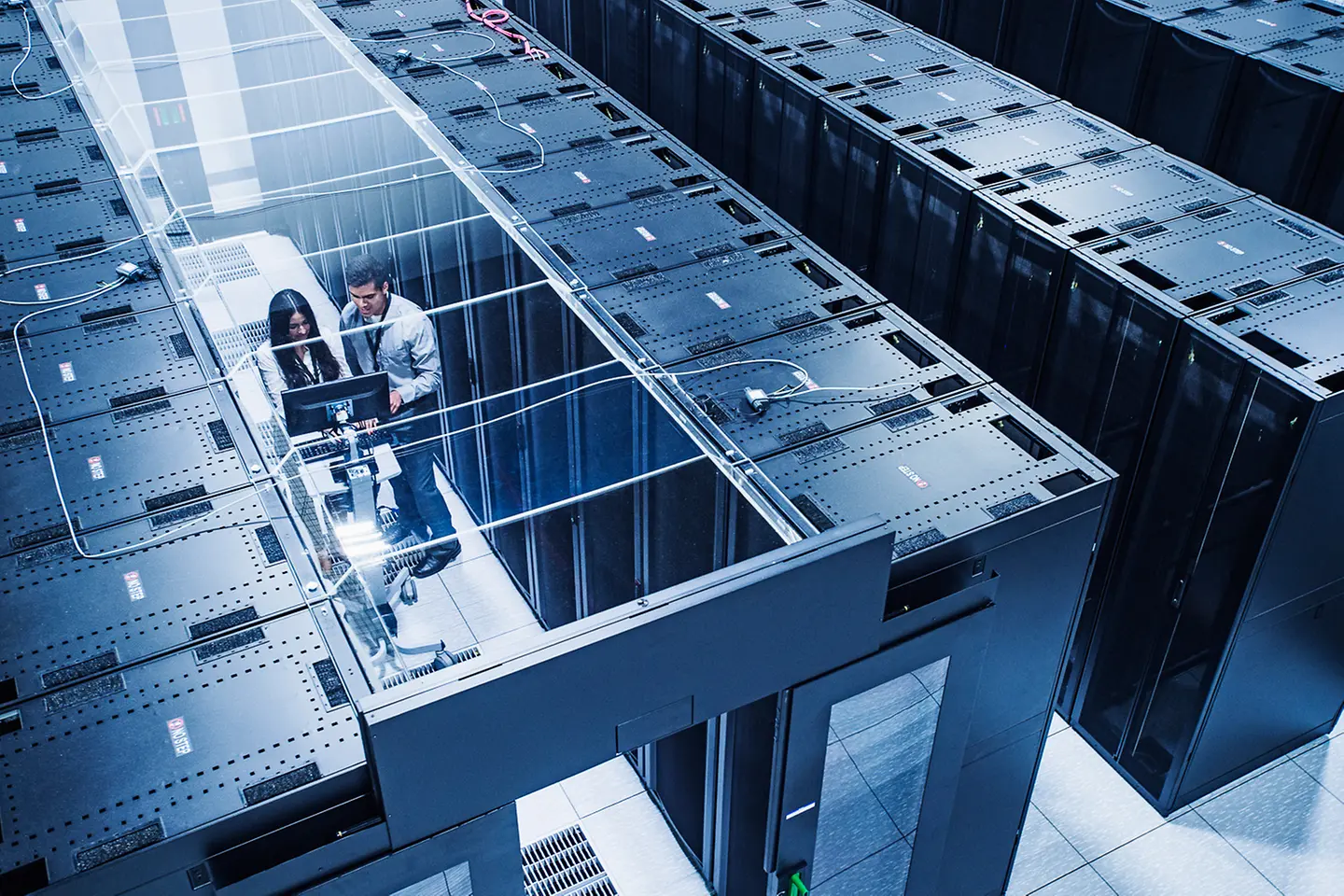
When it comes to legacy IT, there's life in the old dog yet. If you ask cloud proponents, these old IT infrastructures should have disappeared long ago. And yet legacy IT and mainframes are tenaciously clinging on, and companies are required to continue to host, maintain, and manage them. Where a legacy infrastructure is operated, an IT partner is needed who provides the data centers for the classic IT infrastructures.

According to the 2019 Lünendonk study “Fit for the transformation” (“Fit für die Transformation”), legacy has not outlived its usefulness yet, despite the pressure of the digital transformation. A full 13 percent of the larger medium-sized companies and corporations surveyed are not at this stage planning any legacy modernization at all, and a further 30 percent are only intending to develop a strategy for transformation over the next one to two years. Interestingly, the Lünendonk study also found that around half of the surveyed companies do not yet apply a cloud first strategy.
What are the reasons behind the slow departure from legacy systems? One answer might lie in ERP systems which are deeply interwoven with company processes in large companies and groups and have been developed over many years to be company-specific. These systems often still run on legacy IT and cannot easily be replaced by cloud solutions.
Another study by IDG Research shows that mainframes still hold a large share in IT operations. According to the “Legacy Modernization 2018” (“Legacy-Modernisierung 2018”) study, over two thirds of surveyed firms still use mainframes in their IT and data centers. One fifth of companies are planning to replace their existing mainframes in the short or medium term; 46 percent of companies are only planning to do so in the longer term. At least 22 percent of companies intend to keep their mainframes in the long term; 8 percent have not yet made up their mind.

Companies that still rely on their legacy IT or are only just planning a successive transfer to the cloud can be provided with server, storage and backup services by T-Systems. In customer locations and the DIN/ISO 27001-certified twin-core T-Systems data centers we operate x86 servers with Linux and MS Windows and Unix servers with IBM AIX for you. The T-Systems data centers fulfill all compliance requirements under German and European data protection law and comply with all prescribed IT security standards, with 99.8 percent minimum availability.
The standard server configurations are checked quarterly based on orders, latest hardware generations of suppliers and market analysis.
Sooner or later, companies will transfer or want to transfer the majority of their IT infrastructure to the cloud. For this purpose, T-Systems provides the whole range of options for extending classic hosting with any private and public cloud solutions to hybrid, multi- or future-cloud structures. Since T-Systems offers managed services for AWS and Azure alongside its own public cloud services from the Open Telekom Cloud on the basis of OpenStack, IT infrastructure really is without limits.
While an Enterprise Security Architecture (ESA) describes the security measures of a company, ESARIS (Enterprise Security Architecture for Reliable ICT Services) refers specifically to the security architecture of ICT service providers. An extensive collection of documents renders the ICT services of T-Systems secure and reliable – from design and operation to further development. The collection contains global guidelines, higher-order concepts and specific work instructions for all areas of security management:
